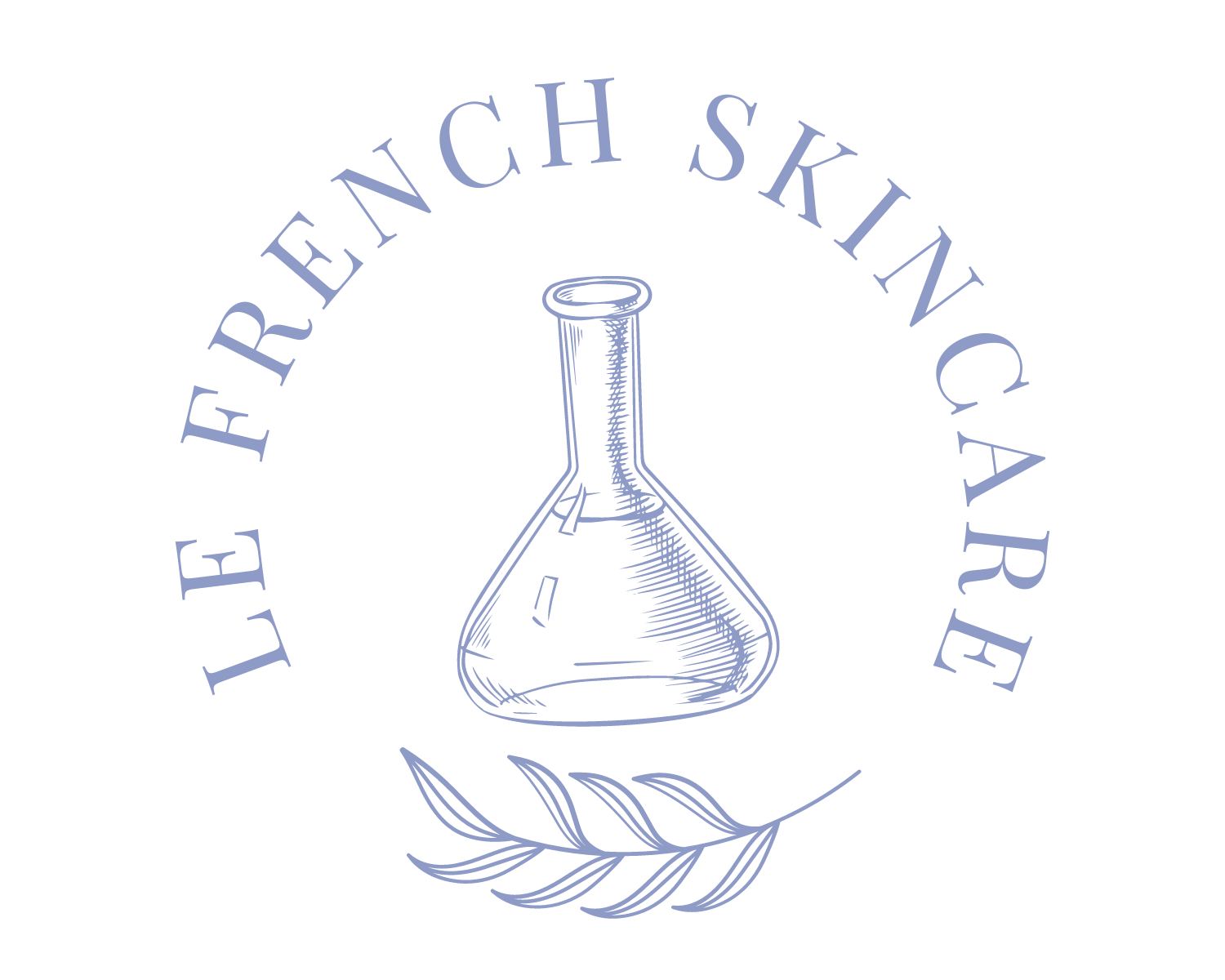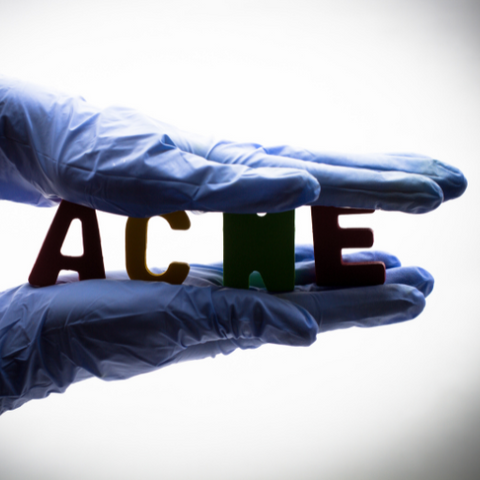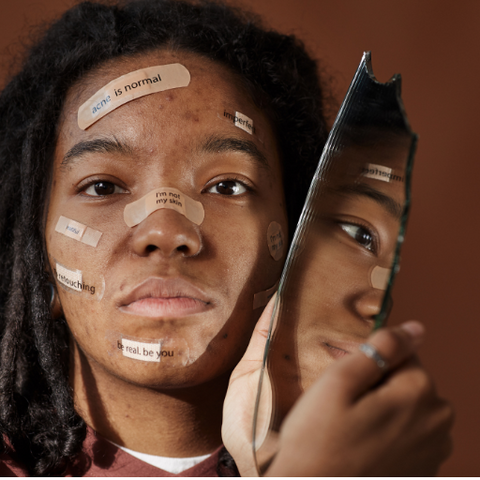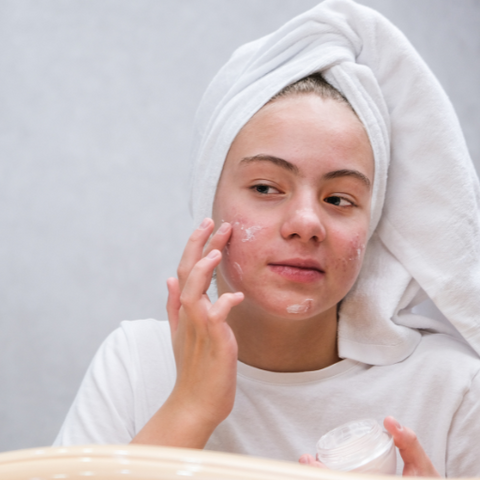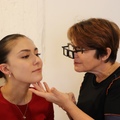We at Be Smooth are forever on the hunt for our acne-stricken clients, the hunt for an answer to a few age-old questions- what causes acne and how can we control it?
We’ve been sharing our findings on the research of dermatologist Dr. James E. Fulton, based on his proven theories about the REAL cause of acne!
It’s not that heavy cream your using, nor is it that inevitable February chocolate binge. While there’s a whole gamut of things that Fulton claims may exacerbate a breakout, we’ve learned that the real cause, the trigger, is something that is happening deep down in the pores of our skin, no matter our lifestyle!
The problem lies in our skin cell turnover. For those of us who have, are, and will suffer from acne at some point in our life, our skin cells just aren’t shedding fast enough. As a result, they’re backing up, their mixing with our skin’s natural sebum (oil) and creating tiny little time bombs just waiting for the opportunity to become either a harmless whitehead or blackhead or an unwelcome acne blemish.
So what do we do about it?
If the root cause is a genetic predisposition to inadequate cell turnover within the pores, every skin care regimen should include a step that encourages adequate cell turnover, yes? When taking a look back at the history of cosmetics and skincare, research has shown that a cure for acne has eluded medical professional since the time of the ancient Greeks and Egyptians, whose treatments included applying sulfur or honey, and even (get this) abstinence! While it still took many millennia for it to happen, it’s no surprise that these obscure remedies were eventually swapped out for therapies that began pioneering today’s modern methods. Let’s take a look at some!
One of the most popular ways to deal with acne, which ironically can make matters so much worse, is to do extractions. Whether done at home or in-spa, manually with fingers or with use of some new trendy tool, it’s the easiest and quickest way to get relief from congested pores- if it’s done properly. Done improperly, extractions can lead to scaring and even cause the follicle wall to rupture. And while effective for removing existing blackheads and pustules, extractions fail to do anything for the micro-comedone, which can only be treated with effective forms of exfoliation.


Most acne sufferers also assume that a sure-fire way to treat the skin is to purchase any ol’ over-the-counter skincare product with “acne” on its label. While 4-step acne lines from brands like Neutrogena and Clinique may offer quick relief for some people, there are several things to remember. Many acne products (‘scrubs,’ for example) will exfoliate the cells on the surface of the skin but do nothing for the problem deep underneath where acne is occurring. Other products do contain the necessary ingredients to relieve some symptoms (salicylic acid, for example) but either the product is so poorly formulated that it has little efficacy, or the product lacks clear explanations and instructions and is used improperly and oftentimes too much!
Finally, we’ve seen a handful of clients who have turned to the likes of both antibiotics and the notorious prescription Accutane when it seems like nothing else will offer relief. It makes sense that taking a pill would do what a topical remedy would fail at, right? After all, the problem is down inside the skin, then why not plan the attack on acne from the inside out?
It was in the 19th century that we discovered bacteria inside our pores, and since we know bacteria thrive in a closed environment in the presence of oil, it makes sense that bacteria would have a hand in exacerbating acne. But while antibiotics can provide relief for people who are dealing with very inflamed, pustular acne, it (you guessed it!) does nothing to improve one’s cell turnover, and will not prevent those micro-comedones from forming.
Accutane, meanwhile, is a vitamin A acid (a little foreshadowing of Dr. Fulton’s discoveries!) that is taken orally and has offered great results for many acne sufferers due to its ability to dramatically reduce the production of sebum in the pores. No oil? No bacteria party, and no cement to hold the skin cells together to form micro-comodones. But oddly enough, that’s the catch! Accutane should only be used by patients with the most severe cases of cystic acne because it halts production in both your oil glands and mucus membranes, leading to chronically dry skin, eyes, lips, the list of unsavory side-effects goes on (including birth defects and severe depression) and even then there is still a small percentage of patients that Accutane fails to help.
Around the same time that dermatologists discovered bacteria in the pores, they also began seeing the benefit of using substances that peeled the skin and loosened impactions. This method is what led Fulton to his discoveries of the properties of Vitamin A, benzoyl peroxide, and alpha-hydroxy acids and how effective it can be to have a customized treatment plan that includes one or all of these ingredients. Next week, we’ll wrap up the Ins & Outs of Acne by taking a look at Fulton’s arsenal of acne treatments and how they can work with Be Smooth’s own skincare philosophies!
